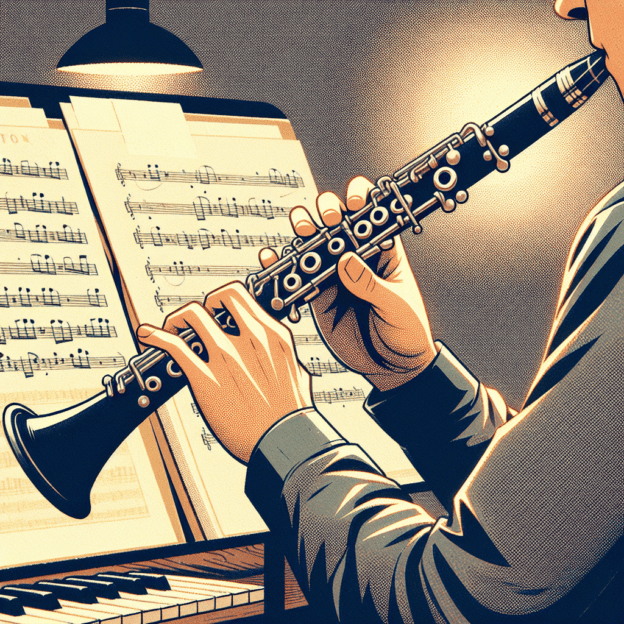As a clarinet player, one of the key skills you'll need to develop is finger coordination. Good finger coordination allows you to play more smoothly and handle tricky passages with confidence. In this article, we'll explore effective techniques and exercises to help you improve your finger coordination on the clarinet.
Understanding Finger Coordination
Finger coordination is about how well your fingers can move independently and together while playing. On the clarinet, it's essential for playing scales, arpeggios, and complex musical phrases. It's not just about speed; precision and control are equally important.
The Importance of Finger Technique
Good finger technique affects your sound, pitch accuracy, and overall musical expression. Here's why focusing on finger coordination matters:
- Smoothness: Better finger coordination leads to smoother note transitions and a more flowing playing style.
- Speed: Quicker finger movements help you tackle difficult passages and play faster pieces.
- Precision: Improved coordination results in more accurate notes, which is key for clear sound and correct pitch.
Fundamental Exercises for Finger Coordination
Before tackling complex pieces, it's important to build a strong foundation with finger coordination exercises. Here are some key practices to add to your routine:
| Exercise | Benefits | Tips |
|---|---|---|
| Scales | Improves overall finger dexterity | Start slow, focus on clarity |
| Finger Patterns | Enhances finger independence | Use various combinations |
| Hanon Exercises | Boosts finger agility | Adapt piano exercises for clarinet |
1. Scales
Practicing scales is a great way to improve finger coordination. Start slowly to ensure you're using correct fingerings and each note is clear. Gradually pick up the pace as you get more comfortable.
- Start with C Major, then move on to other scales.
- Practice both smooth (legato) and short (staccato) playing styles.
2. Finger Patterns
Using specific finger patterns can help develop dexterity. Try simple finger exercises that focus on different finger combinations while keeping a steady beat.
- One exercise is to play quarter notes using alternating fingers.
- Another is to play chromatic patterns, going up and down the instrument.
3. Hanon Exercises
The Hanon exercises, originally for piano, can be very helpful for clarinet players too. They focus on finger agility and independence.
- Choose a few Hanon exercises and adapt them for the clarinet.
- Practice them at different speeds to develop both quickness and control.
Advanced Techniques for Refinement
Once you've got the basics down, it's time to add more advanced techniques to further improve your finger coordination.
1. Glissandos
Practicing glissandos can help improve how smoothly your fingers move. Try sliding gently between notes, letting your fingers connect softly instead of jumping quickly.
- Keep your air steady while doing glissandos.
2. Articulation Variations
Try out different ways of playing notes (smooth, short, slurred), and see how each one affects how your fingers move.
- Practice clarinet pieces that need quick changes in how you play the notes.
3. Interval Training
Do exercises that focus on big jumps between notes to help your fingers work more independently. Pay attention to playing clearly and accurately when jumping between notes that are far apart.
- Practice intervals of thirds, fourths, and fifths.
Integrating Finger Coordination into Your Repertoire
As you practice your pieces, pay close attention to how finger coordination affects your overall playing. Here are a few ways to use what you've learned:
- Pick pieces that have challenging finger patterns
- Use a metronome to keep your finger movements in time
- Record yourself playing to check your coordination
Conclusion
Improving your finger coordination is an ongoing process that can really make your clarinet playing better. By practicing regularly, using good exercises, and focusing on steady improvement, you'll see real benefits in how you play. With hard work and a bit of creativity, using these techniques will help you play more smoothly and expressively on the clarinet.







